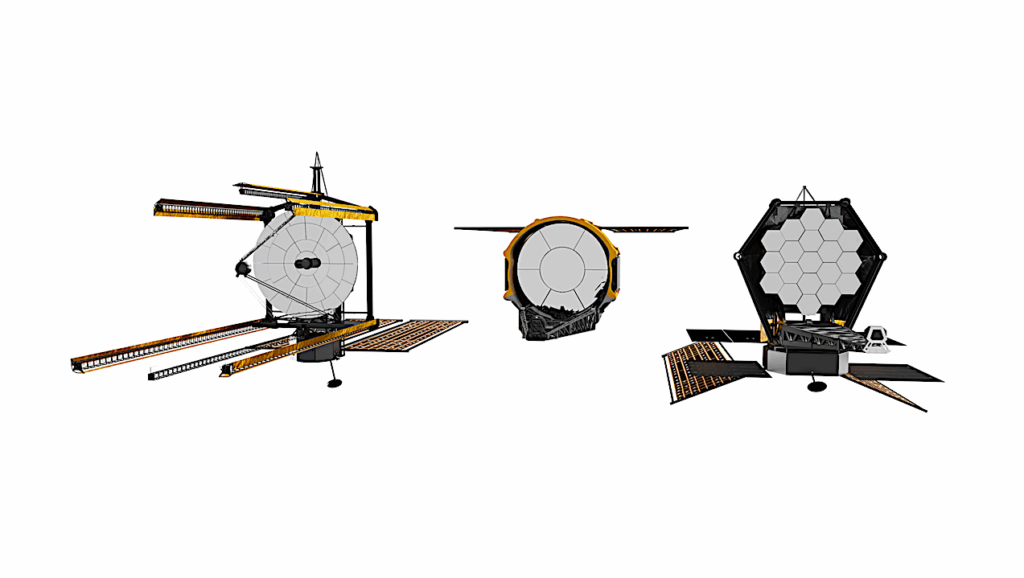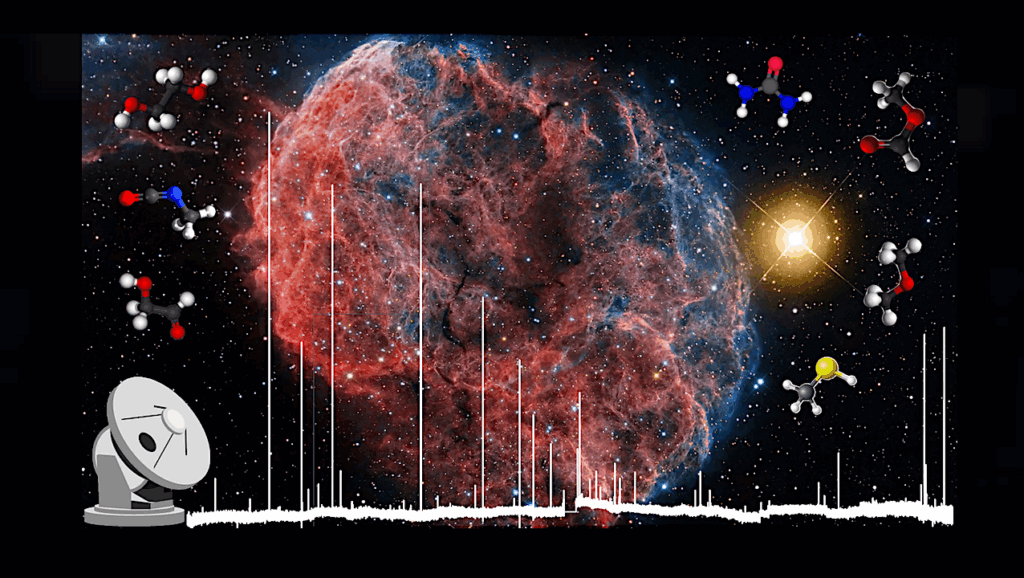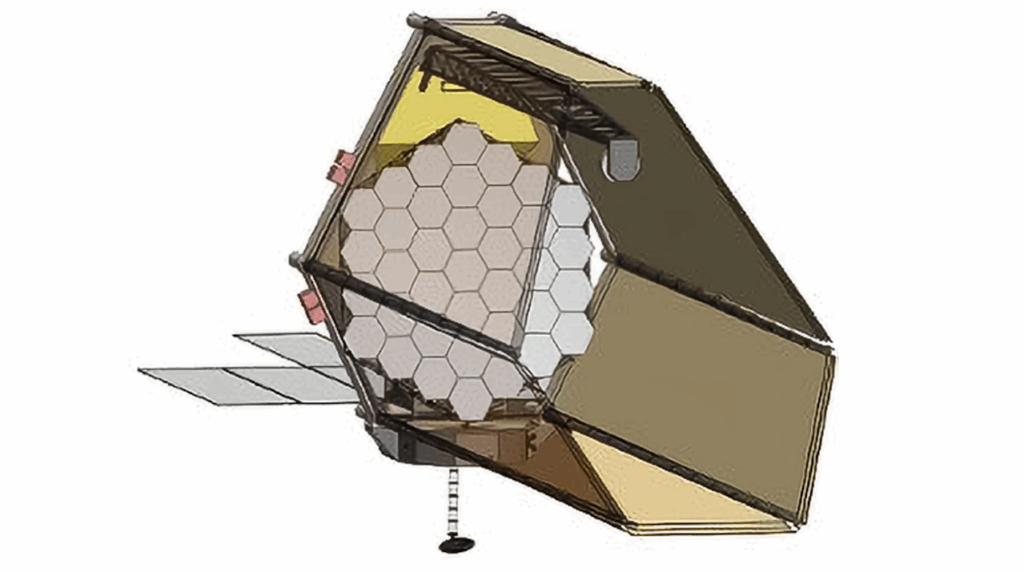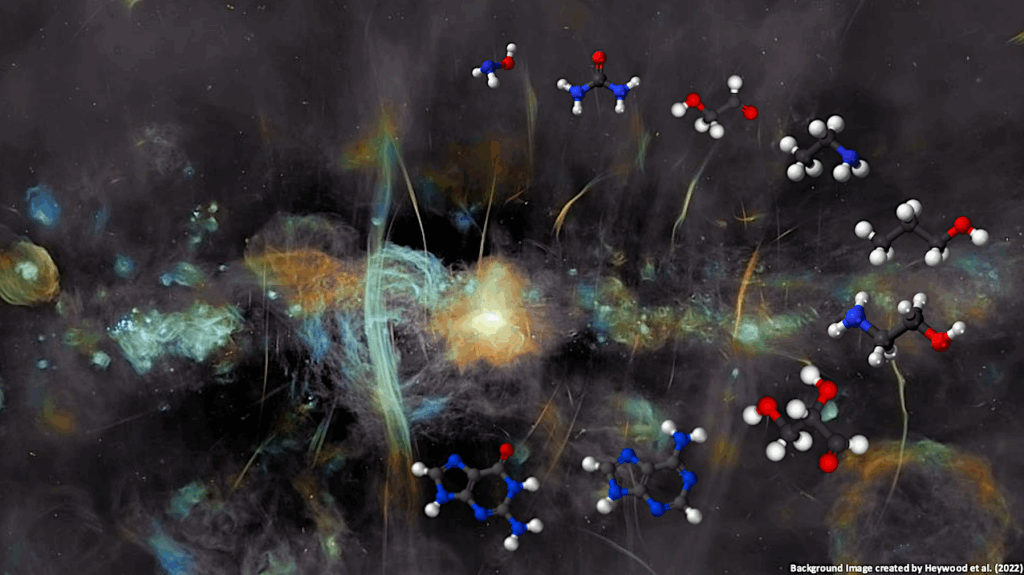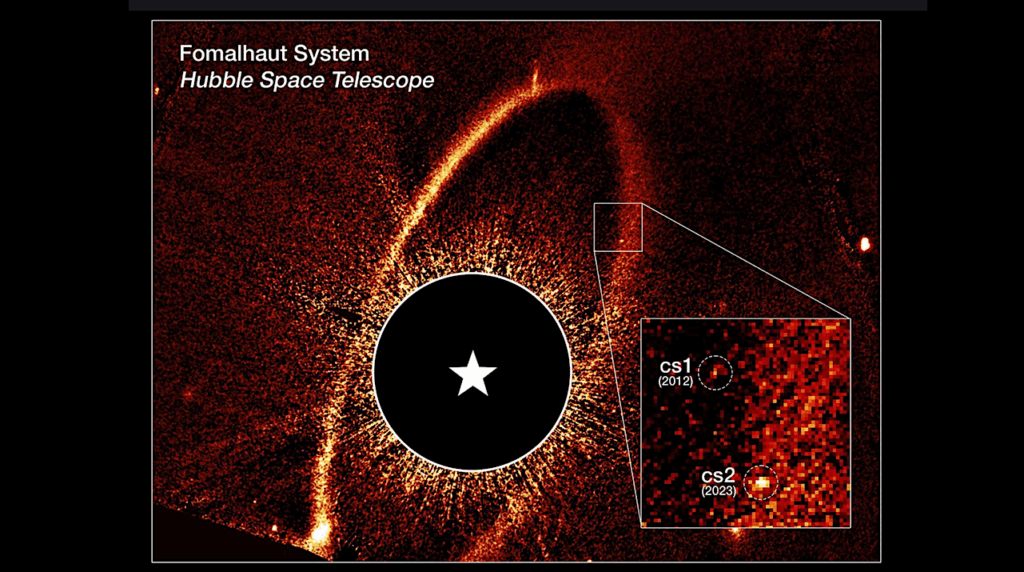EDEN Survey: Small Transiting Planet Detection Limits and Constraints on the Occurrence Rates for Late M Dwarfs within 15 pc
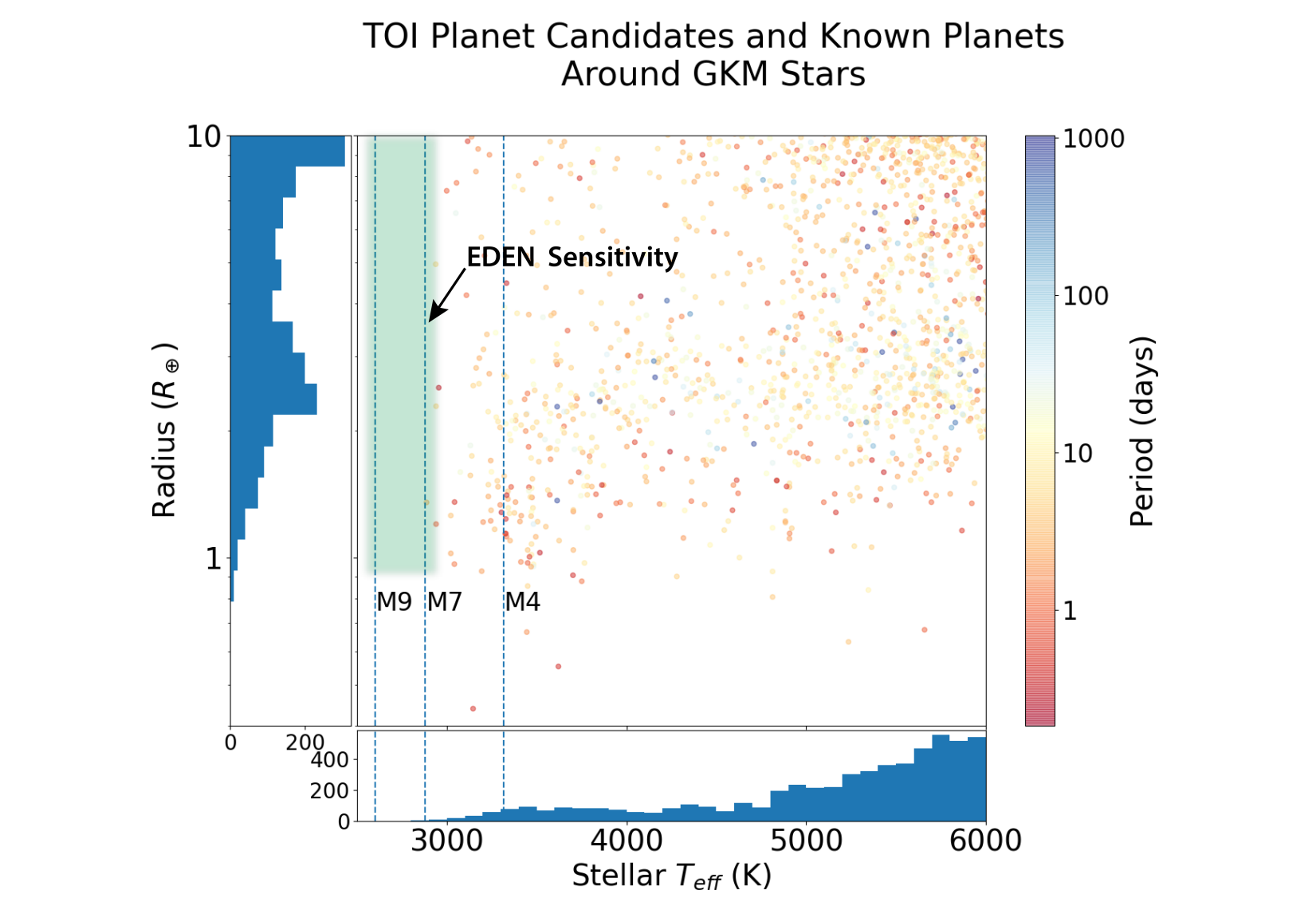
Earth-sized exoplanets that transit nearby, late spectral type red dwarfs will be prime targets for atmospheric characterization in the coming decade.
Such systems, however, are difficult to find via wide-field transit surveys like Kepler or TESS.
Consequently, the presence of such transiting planets is unexplored and the occurrence rates of short-period Earth-sized planets around late M dwarfs remain poorly constrained. Here, we present the deepest photometric monitoring campaign of 22 nearby late M dwarf stars, using data from over 500 nights on seven 1-2 meter class telescopes.
Our survey includes all known single quiescent northern late M dwarfs within 15 pc. We use transit-injection-and-recovery tests to quantify the completeness of our survey, successfully identify most (>80%) transiting short-period (0.5-1 d) super-Earths (R>1.9R⊕), and are sensitive (∼50%) to transiting Earth-sized planets (1.0−1.2R⊕).
Our high sensitivity to transits with a near-zero false positive rate demonstrates an efficient survey strategy. Our survey does not yield a transiting planet detection, yet it provides the most sensitive upper limits on transiting planets orbiting our target stars. Finally, we explore multiple hypotheses about the occurrence rates of short-period planets (from Earth-sized planets to giant planets) around late M dwarfs.
We show, for example, that giant planets at short periods (<1 day) are uncommon around our target stars. Our dataset provides some insight into occurrence rates of short-period planets around TRAPPIST-1-like stars, and our results can help test planetary formation and system evolution models, as well as guide future observations of nearby late M dwarfs.
Jeremy Dietrich, Dániel Apai, Martin Schlecker, Kevin K. Hardegree-Ullman, Benjamin V. Rackham, Nicolas Kurtovic, Karan Molaverdikhani, Paul Gabor, Thomas Henning, Wen-Ping Chen, Luigi Mancini, Alex Bixel, Aidan Gibbs, Richard P. Boyle, Samantha Brown-Sevilla, Remo Burn, Timmy N. Delage, Lizxandra Flores-Rivera, Riccardo Franceschi, Gabriele Pichierri, Sofia Savvidou, Jonas Syed, Ivan Bruni, Wing-Huen Ip, Chow-Choong Ngeow, An-Li Tsai, Chia-Lung Lin, Wei-Jie Hou, Hsiang-Yao Hsiao, Chi-Sheng Lin, Hung-Chin Lin, Ritvik Basant
Comments: 27 pages, 11 figures
Subjects: Earth and Planetary Astrophysics (astro-ph.EP); Solar and Stellar Astrophysics (astro-ph.SR)
Cite as: arXiv:2302.04138 [astro-ph.EP] (or arXiv:2302.04138v1 [astro-ph.EP] for this version)
Submission history
From: Jeremy Dietrich
[v1] Wed, 8 Feb 2023 15:35:44 UTC (1,617 KB)
https://arxiv.org/abs/2302.04138
Astrobiology


